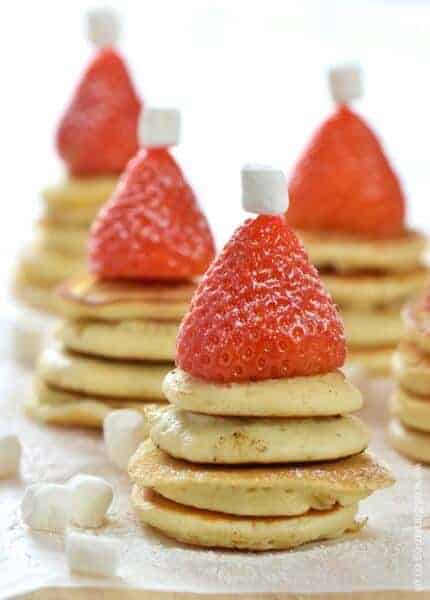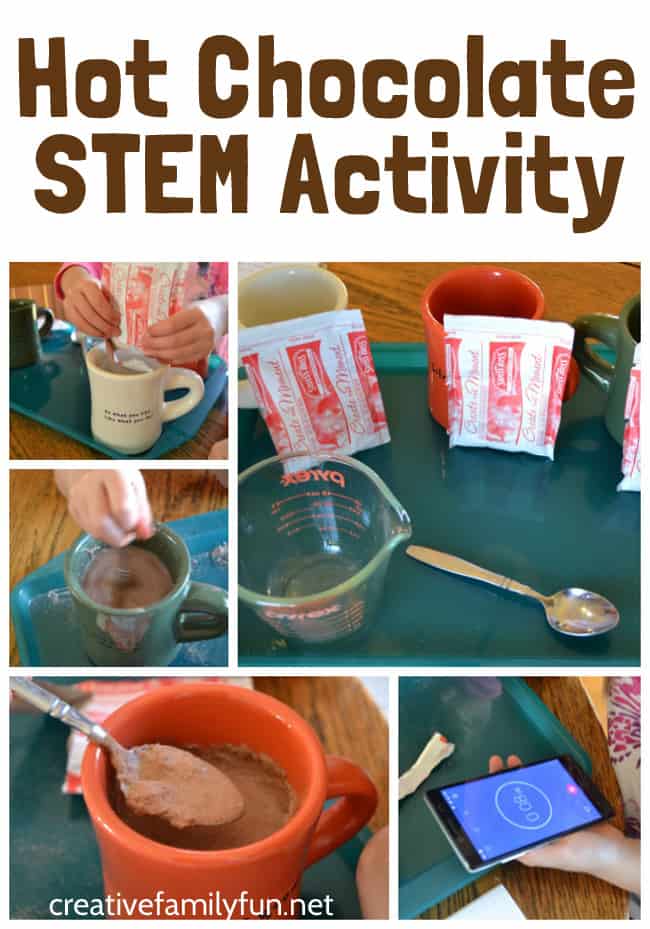December Birthdays:
Gabriel P
Mohammed R.
- Zoe H.
- Eugene K.
- Alle B.
- Caellum L.
- Rahel A.
- Tiffany M.
- Joanne L.
- Jamerra S.
- Jahziyah A.
- Clarisse F.
- Tamupiwanashe T.

Storytime Announcements
Storytime: 5:30 pm EST Thursdays
Cindy Cancel is inviting you to a scheduled Zoom meeting.
-
Or iPhone one-tap (US Toll): +16465588656,7664927111# or +14086380968,7664927111#
Or Telephone: Dial: +1 646 558 8656 (US Toll) or +1 408 638 0968 (US Toll)
Meeting ID: 766 492 7111
-
Baker's Corner!
Santa Hat Pancakes
Mini Pancake Ingredients:
- 140g self-raising flour
- 1 tsp baking powder
- 2 tbs golden granulated sugar
- pinch salt
- 125ml milk (or soya milk for dairy free)
- 1 large egg
- 2 tbs vegetable oil
- butter or dairy-free spread for frying
- 8 large strawberries
- mini marshmallows
- icing sugar for dusting (optional)
- Whipped cream (optional)
- Start by making the mini pancakes. These taste best warm from the pan but can also be made in advance and stored in an airtight container in the fridge for a day if necessary.
- Measure out the flour, baking powder, and sugar and sift into a bowl along with the salt.
- In a separate jug or bowl, lightly whisk the egg then mix with the milk and oil.
- Mix the wet and dry ingredients together then lightly whisk until well combined and lump free.
- Spoon the pancake mix into a sauce bottle or piping bag then leave to rest for 5 minutes while you heat up the pan. If you don’t have a sauce bottle or piping bag, just leave the mixture to rest in the bowl and use a teaspoon to make the pancakes instead.
- Heat the pan over a medium heat, then drop in the butter and swirl around until completely melted.
- Draw and then fill in mini circles of pancake mixture to make your pancakes, making sure you leave enough room between the pancakes to flip them over once ready.
- Cook the pancakes until they start to bubble up, then flip them over and cook on the other side until golden.
- Remove from the pan and repeat until all the mixture is used up.
- To assemble the pancake stacks, start by making the Santa hats. Cut the top off each strawberry. Push each strawberry onto a cocktail stick leaving a small point sticking out of the pointy end, then pop a marshmallow on top to form the hat.
- Stack the pancakes, 4 or 5 to a pile, then top each stack with whipped cream and a Santa hat strawberry, pushing the cocktail stick into the stack to hold it all together.
- Place on a platter or board, dust with icing sugar and serve immediately.
Creating in the kitchen is so much fun! You can share your pictures of your apple crisp on Griggs facebook page, or email them to me so that I can see your creation.
|
A Little Pick-Me-Up
John 1:14 says, "The Word became flesh and made his dwelling among us. We have seen his glory, the glory of the one and only Son, who came from the Father, full of grace and truth." Even though Christmas wasn't when Jesus was actually born, we still celebrate his birth during this time. Jesus coming to this earth was the single greatest thing that has ever happened in history. Because of Him, we can have everlasting. He took on pain and limitation so we could be free! Let's focus on Jesus this season, thanking Him for His sacrifice.
Christmas Facts:
- Want to know a useful way to recycle your Christmas tree? Some zoos take donated Christmas trees and use them as food for the animals.
- In 1914 during World War I there was a now famous Christmas truce in the trenches between the British and the Germans. They exchanged gifts across a neutral no man’s land, played football together, and decorated their shelters. (Read more about it in the book “Silent Night: The Story of the World War I Christmas Truce” by Stanley Weintraub.)
- The Christmas wreath was originally hung as a symbol of Jesus. The holly represents his crown of thorns and the red berries the blood he shed.
- In Poland, spiders are considered to be symbols of prosperity and goodness at Christmas. In fact, spiders and spider webs are often used as Christmas tree decorations. According to legend, a spider wove baby Jesus a blanket to keep him warm.
- The tradition of hanging stockings comes from a Dutch legend. A poor man had three daughters for whom he could not afford to provide a dowry. St. Nicholas dropped a bag of gold down his chimney and gold coins fell out and into the stockings drying by the fireplace. The daughters now had dowries and could be married, avoiding a life on the streets.
- Almost 28 sets of LEGO are sold every second during the Christmas season.

Craft/Science Project
Supplies:
- Make a prediction: Which temperature of water would dissolve the hot chocolate the quickest?
- Empty your hot chocolate into your mugs, one packed per mug. Them move on to testing the different temperatures of water.
- Decide what kind of temperature you want your water to be. Some good examples would be ice cold, room temperature and hot water. If you want more specific temperatures, you can use a kitchen thermometer to measure the water's temperature.
- Measure 6 oz of water and pour into the mug, one mug at a time. Once the water is added to a mug, start your stopwatch and stir. Keep the stopwatch running until you see the hot chocolate has dissolved.
- Take turns measuring the water, stirring and operating the stopwatch. Time how long it takes the hot chocolate to dissolve in each mug.
- Write down your results in your notebook and hypothesize why each result happened as it did.
- Science tidbit READ ONCE EXPERIMENT IS DONE
- Hot water has more energy than cold water. With more energy, the molecules in the water move fast breaking down the hot chocolate mix quicker.
|




